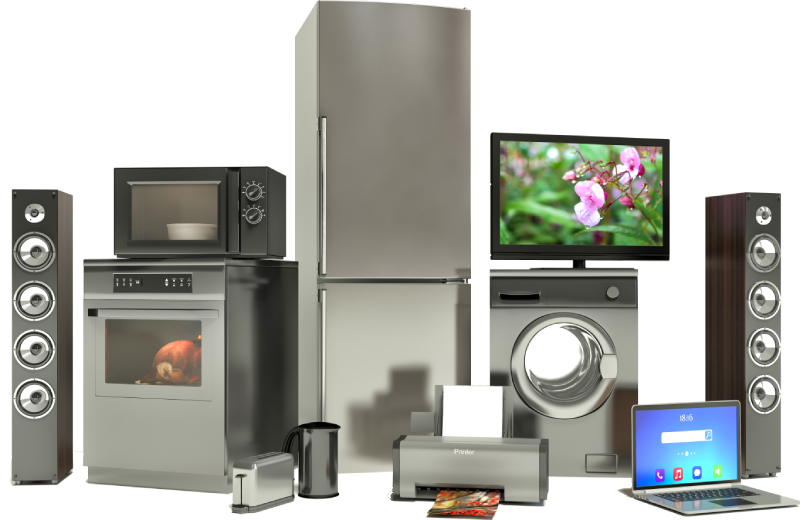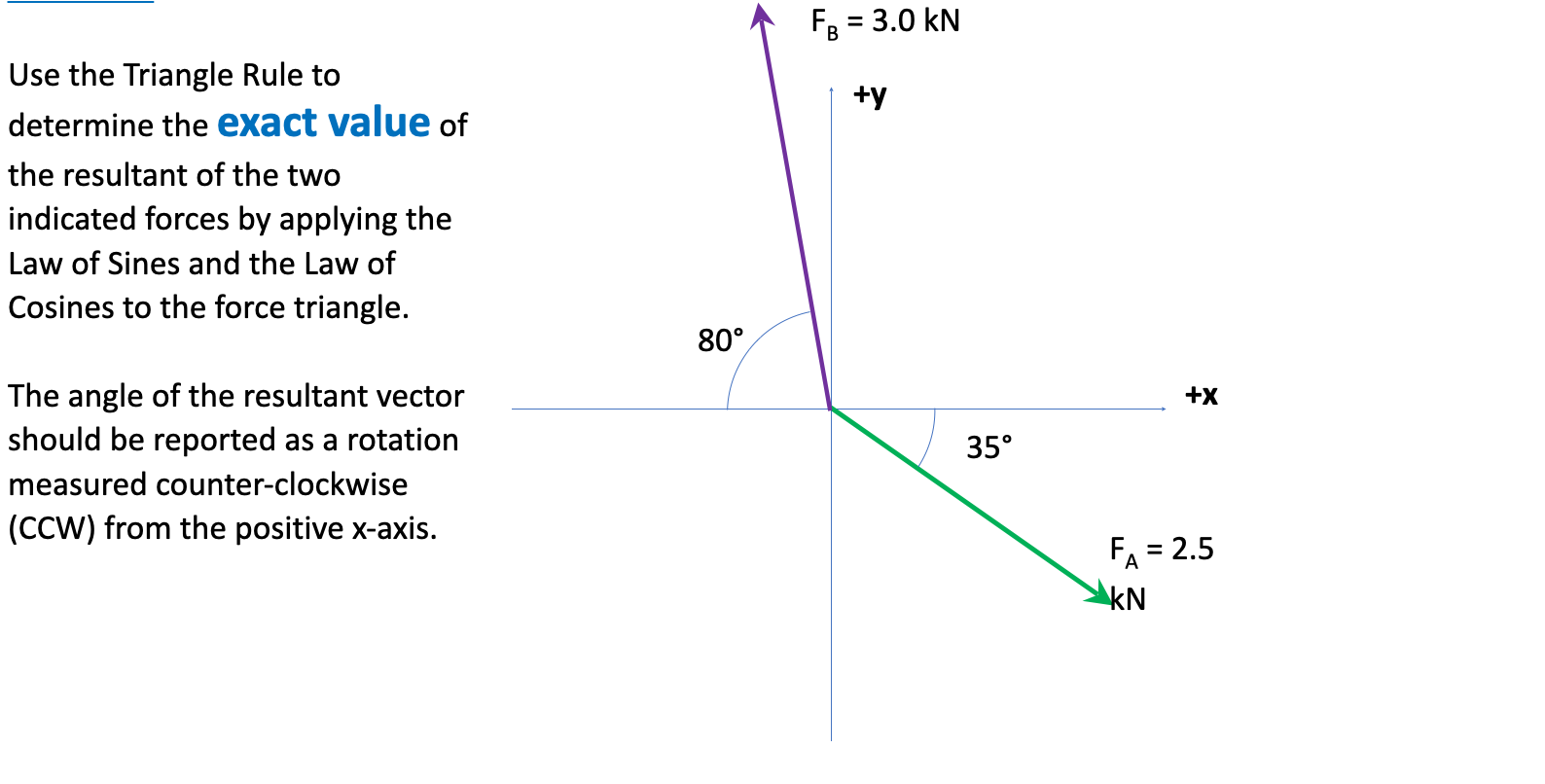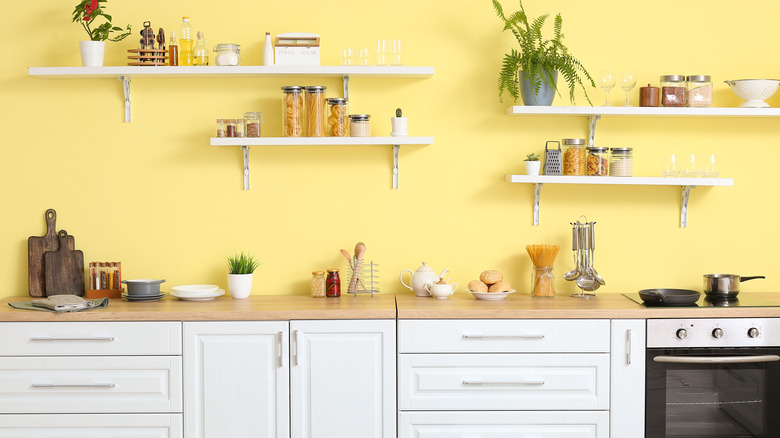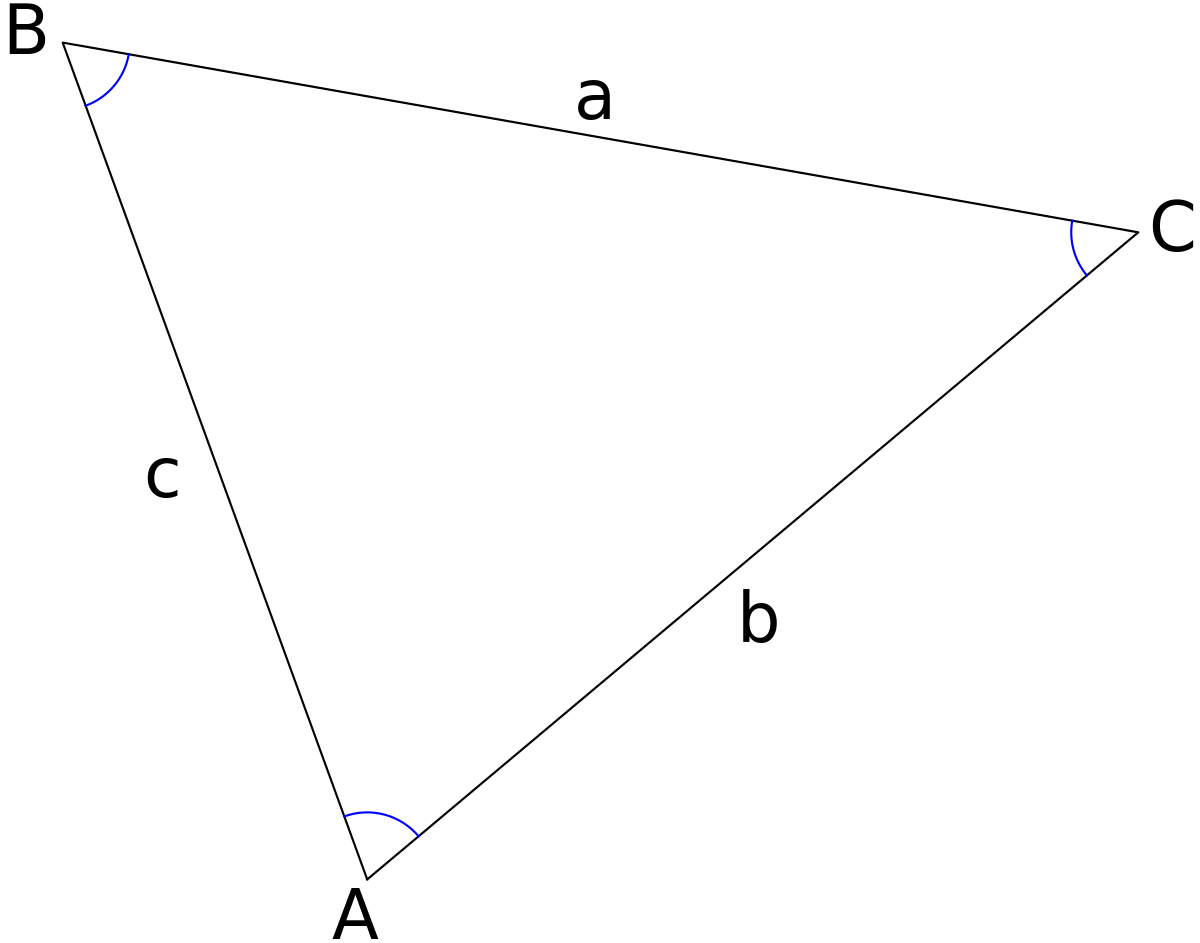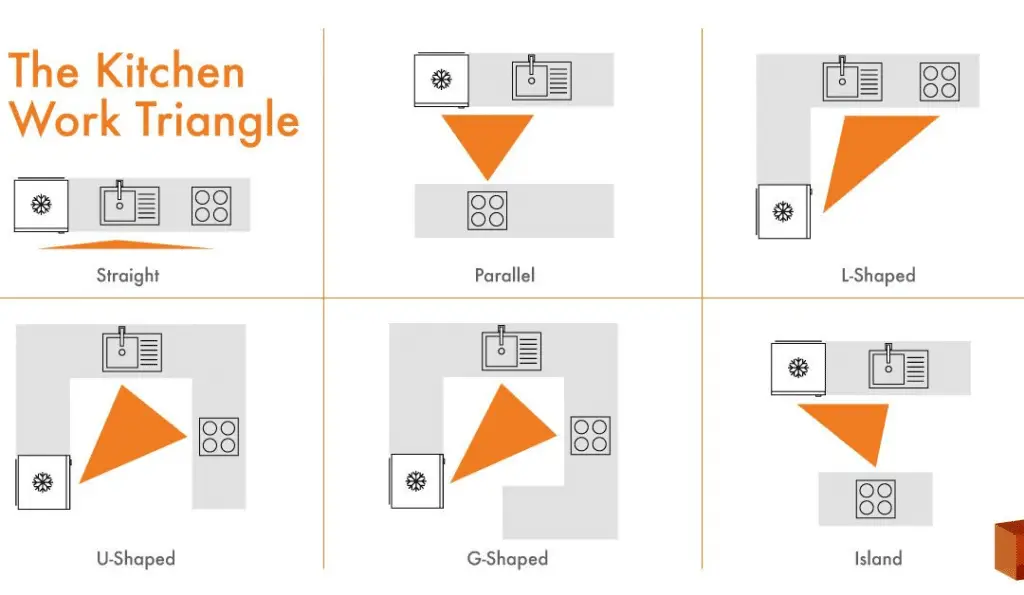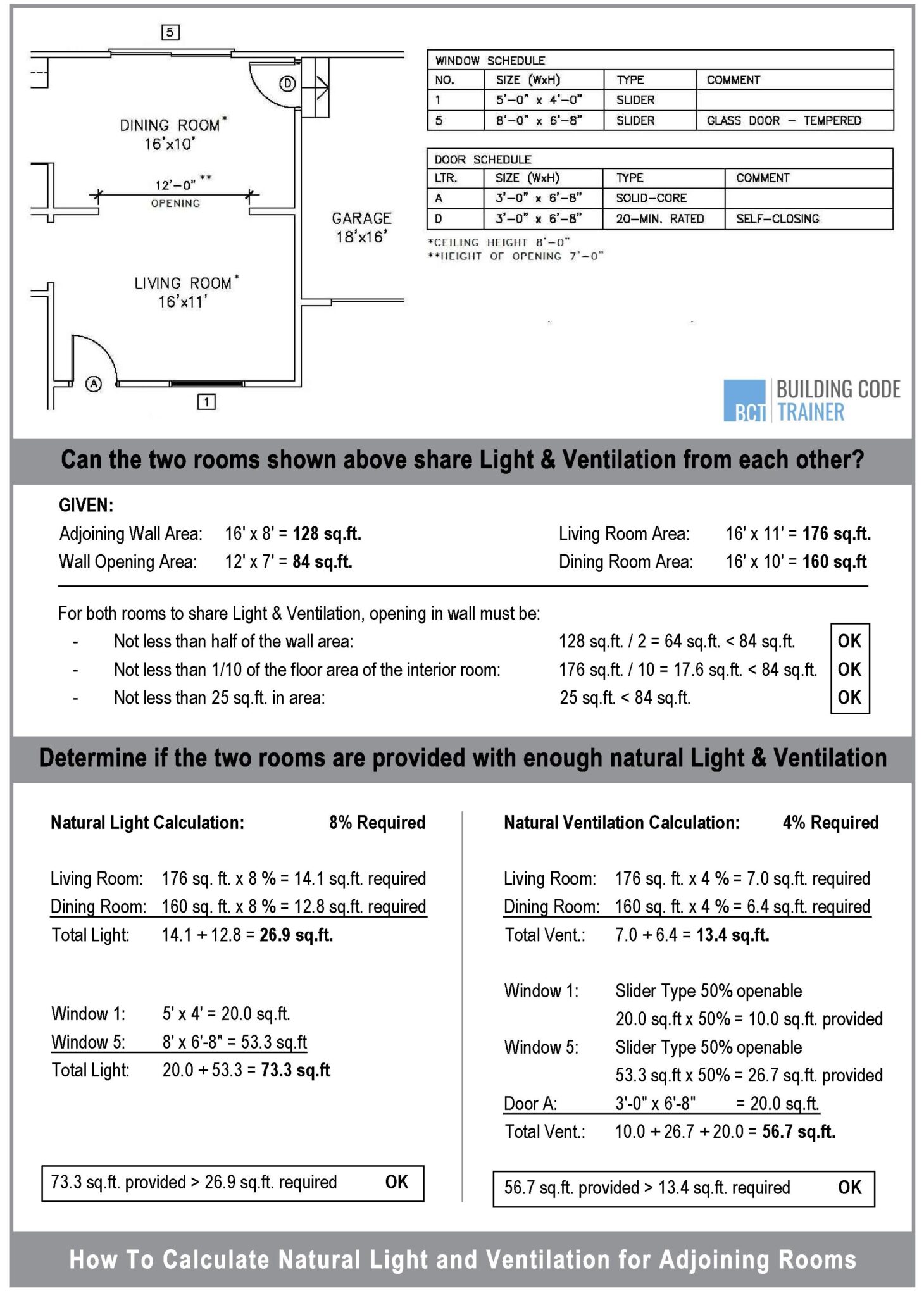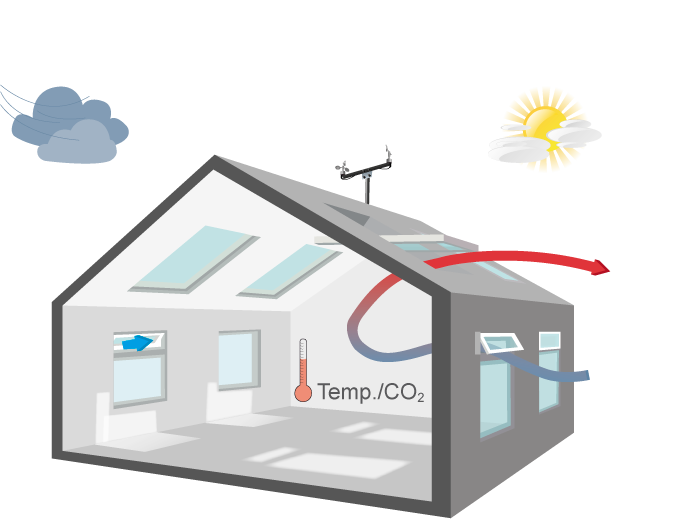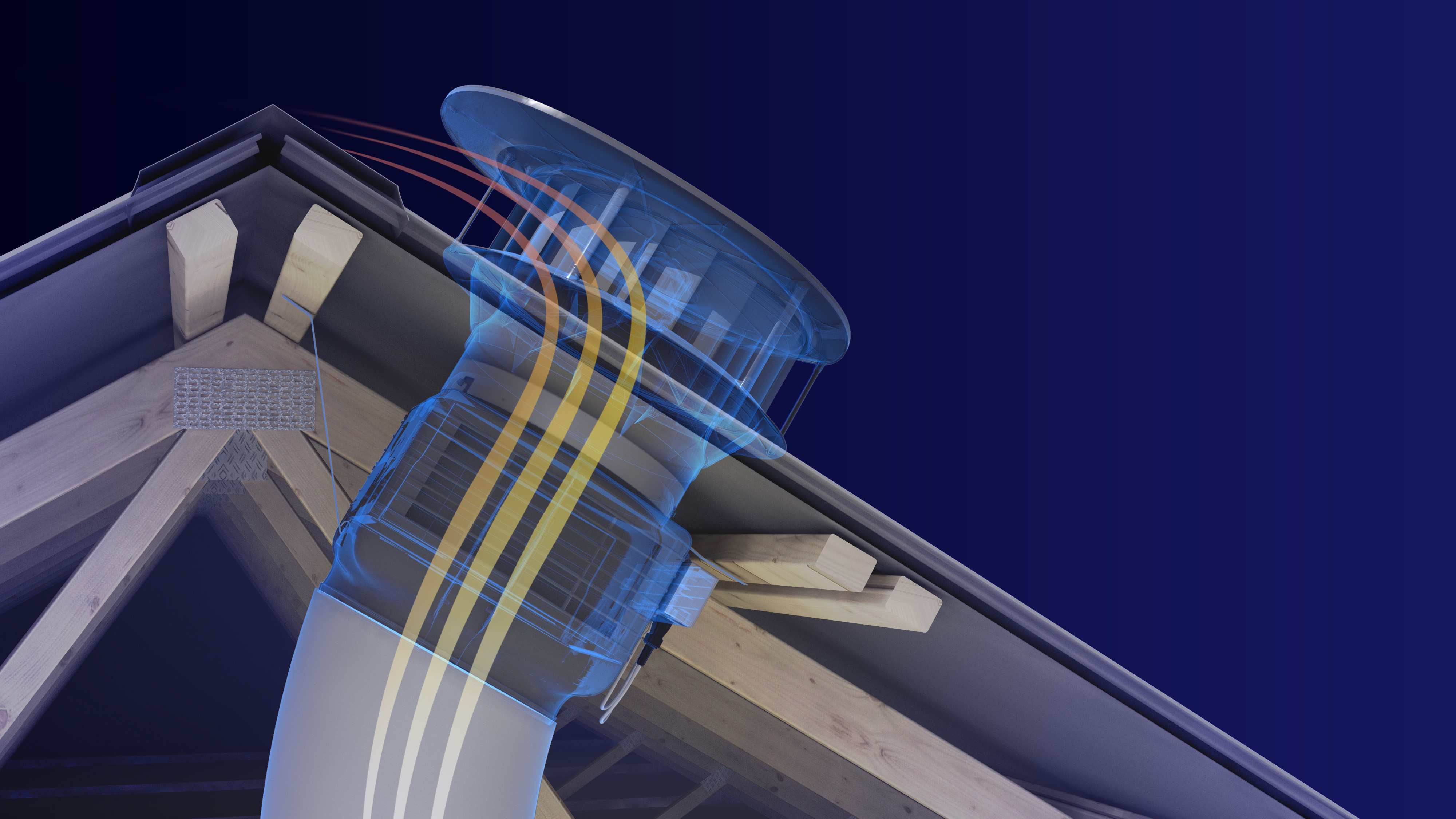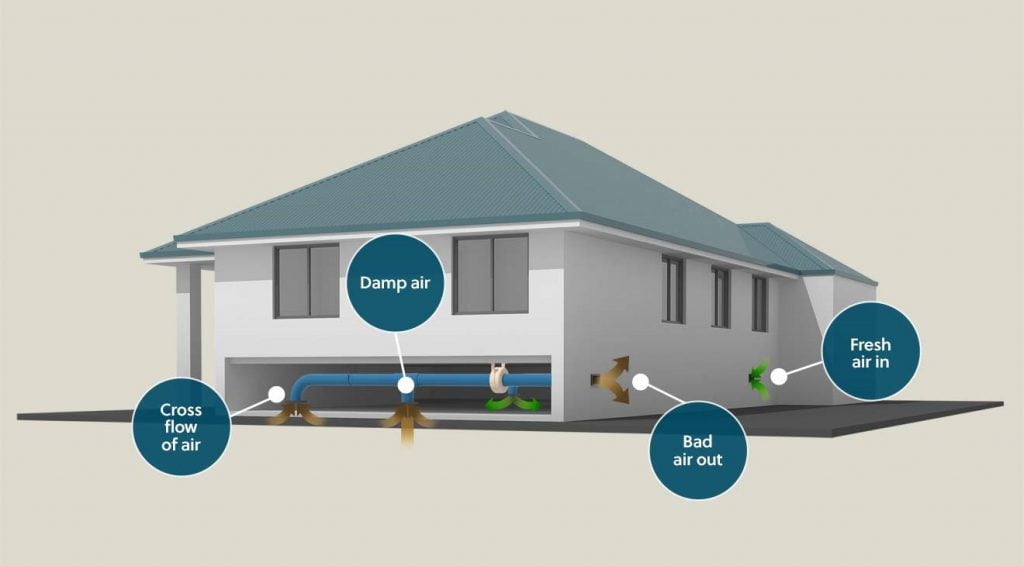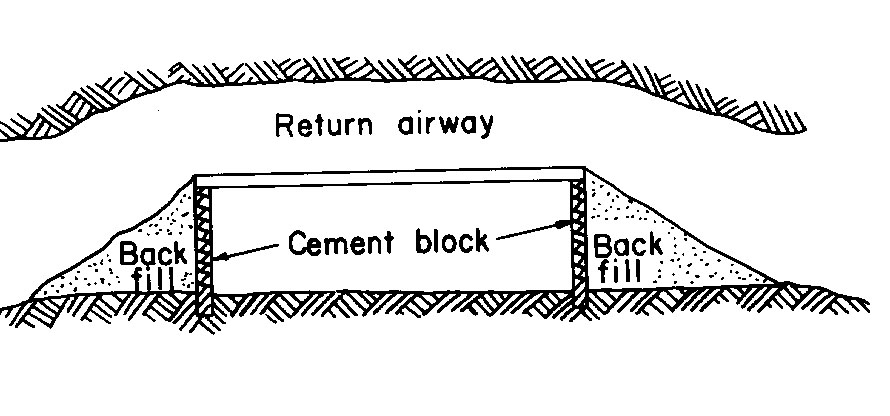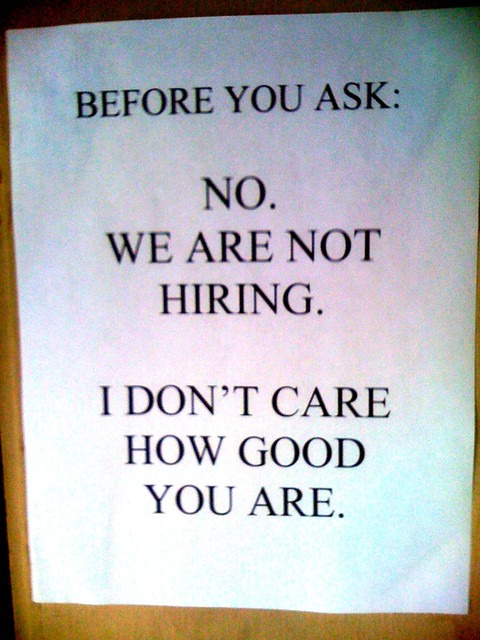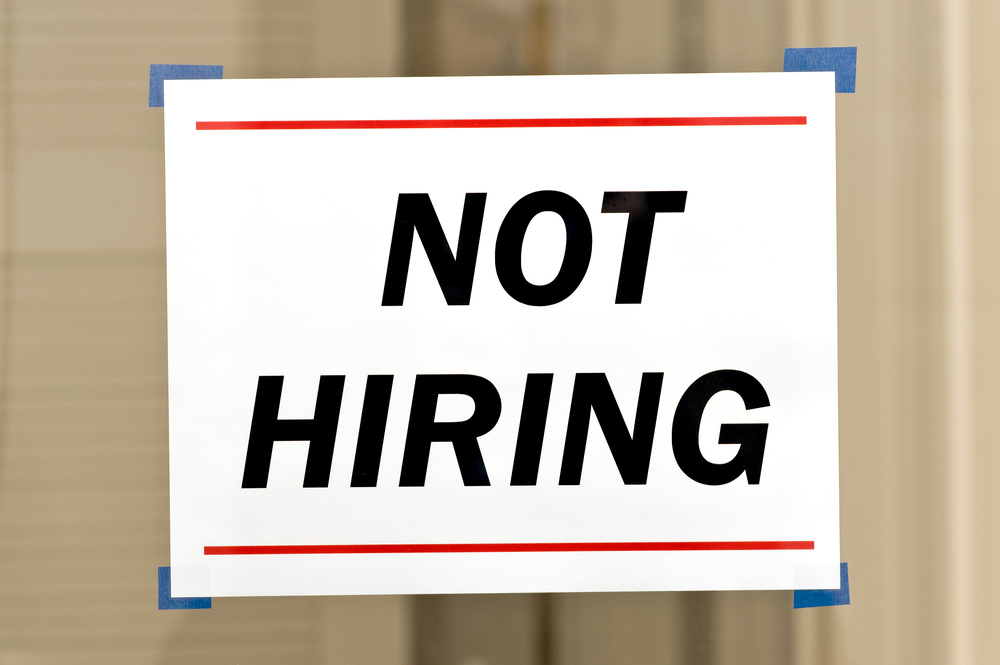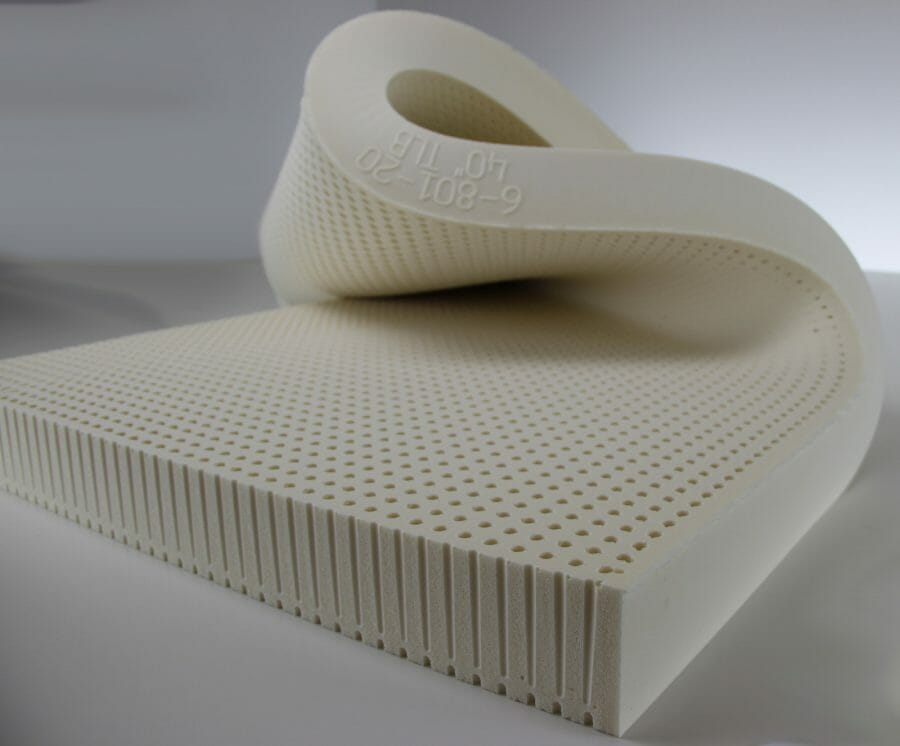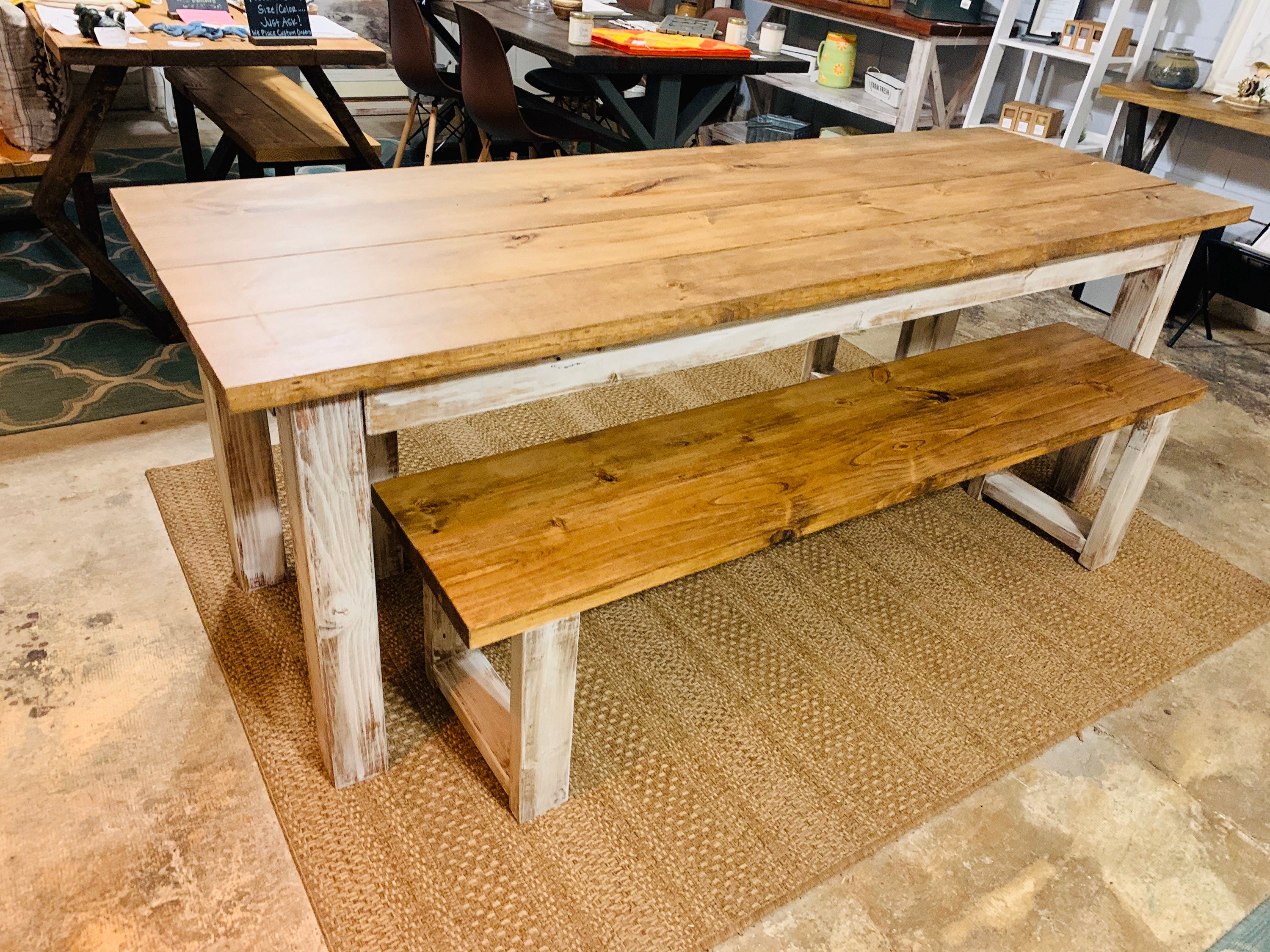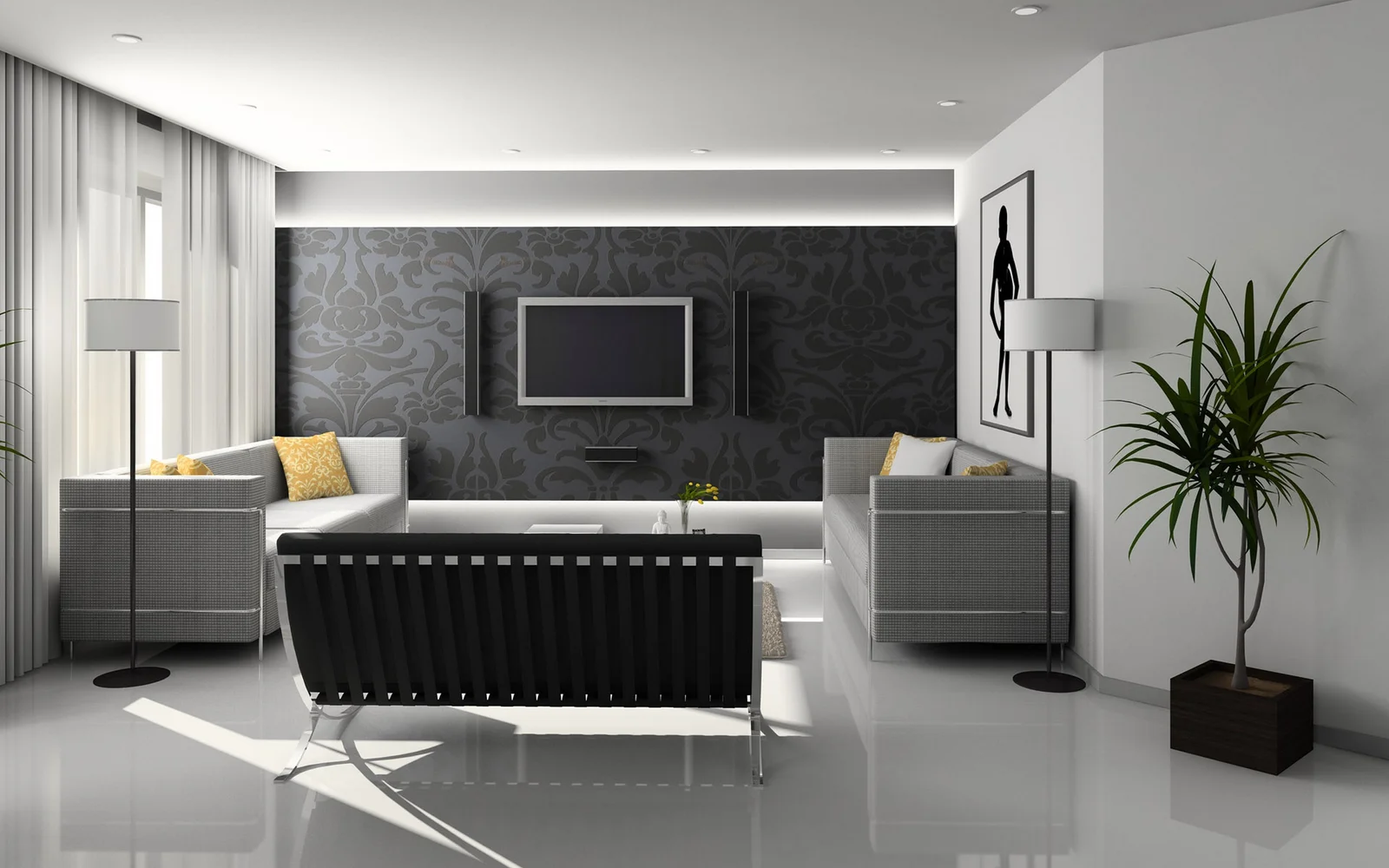One of the biggest mistakes people make when designing their kitchen is neglecting proper lighting. Many kitchens have just one overhead light or a few small lights above the sink and stove. This can make the space feel dim and uninviting, and can also make it difficult to see while cooking or preparing food. Good lighting is not only functional, but it can also enhance the overall design of your kitchen. Consider adding different layers of lighting, such as under-cabinet lights, pendant lights, and recessed lighting, to create a warm and welcoming atmosphere in your kitchen.Poor Lighting
Having enough counter space is essential in a kitchen. Counters are not only used for preparing food, but they also serve as a place to display and store kitchen appliances and utensils. However, many homeowners make the mistake of choosing a layout that doesn't provide enough counter space. This can lead to cluttered countertops and difficulty in meal preparation. When designing your kitchen, consider the amount of counter space you need and make sure to include enough in your layout.Lack of Counter Space
Another common mistake in kitchen design is not considering the storage needs of the space. Without proper storage, your kitchen can quickly become disorganized and cluttered, making it difficult to find what you need. When planning your kitchen, think about the items you use regularly and make sure to include enough storage solutions, such as cabinets, drawers, and pantry space. Don't forget about vertical storage options, such as shelves and hanging racks, to make the most of your kitchen's space.Inadequate Storage
The layout of your kitchen can make or break its functionality. Choosing the wrong layout can make it difficult to move around and perform tasks efficiently. For example, a kitchen with a single-wall layout may not be suitable for those who like to cook and need ample counter space. When designing your kitchen, consider your cooking habits and choose a layout that accommodates them. Popular layouts include L-shaped, U-shaped, and galley kitchens.Choosing the Wrong Layout
The workflow in your kitchen refers to the path you take from prepping to cooking to cleaning. A poorly planned workflow can make it difficult to move around and can lead to a cluttered and disorganized space. For example, if your sink is too far from your stove, it can be a hassle to transport pots and pans. When designing your kitchen, think about the flow of your cooking process and plan accordingly. This will make your kitchen more efficient and enjoyable to use.Not Considering Workflow
When it comes to kitchen design, the materials you choose can make a big difference. Using cheap materials may save you money in the short term, but it can lead to bigger problems in the long run. For example, using low-quality cabinets can result in easily damaged and worn-out doors and drawers. Investing in high-quality materials will not only make your kitchen more aesthetically pleasing, but it will also save you money on repairs and replacements in the future.Using Cheap Materials
Appliances are an essential part of any kitchen, but many people make the mistake of not planning for them when designing their space. Not having enough space for appliances or not considering their placement can lead to a cramped and cluttered kitchen. Before finalizing your kitchen design, make sure to measure your appliances and plan for their placement in your layout. This will ensure that your kitchen is functional and visually appealing.Not Planning for Appliances
The triangle rule is a basic principle in kitchen design that refers to the placement of the three main work areas in a kitchen: the sink, stove, and refrigerator. Ignoring this rule can result in an inefficient and inconvenient kitchen layout. The distance between these three areas should be no less than 4 feet and no more than 9 feet. When designing your kitchen, make sure to follow this rule to create a functional and well-designed space.Ignoring the Triangle Rule
Proper ventilation is crucial in a kitchen, especially if you do a lot of cooking. Without proper ventilation, your kitchen can become smoky, humid, and prone to odors. If your kitchen doesn't have a range hood or a window, make sure to install a ventilation fan to help circulate the air. Not only will this keep your kitchen smelling fresh, but it will also prevent any potential health hazards.Not Enough Ventilation
Designing a kitchen can be a daunting task, and many people make the mistake of trying to do it themselves without any professional help. While it may seem like a money-saving option, not hiring a professional designer can result in costly mistakes and a poorly designed kitchen. A professional designer will have the knowledge and expertise to help you create a functional and aesthetically pleasing kitchen that meets your needs and budget. Investing in a professional designer can save you time, money, and stress in the long run.Not Hiring a Professional Designer
The Importance of Proper Lighting in Kitchen Design
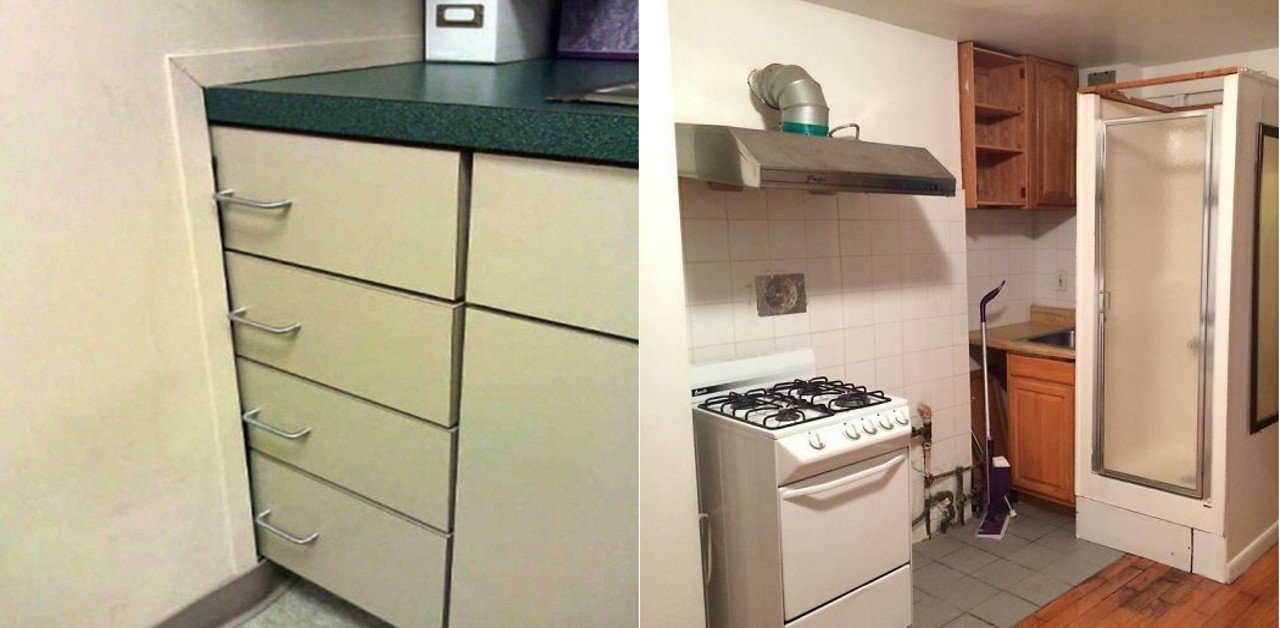
The Role of Lighting in Kitchen Design
 When it comes to kitchen design, lighting is often overlooked or not given enough consideration. However, proper lighting can make a significant difference in the functionality and overall look of your kitchen.
Lighting is not just about illuminating the space, but it also serves as a design element that enhances the atmosphere and mood of your kitchen.
Without the right lighting, your kitchen design can suffer from various mistakes that can affect its functionality and aesthetics.
When it comes to kitchen design, lighting is often overlooked or not given enough consideration. However, proper lighting can make a significant difference in the functionality and overall look of your kitchen.
Lighting is not just about illuminating the space, but it also serves as a design element that enhances the atmosphere and mood of your kitchen.
Without the right lighting, your kitchen design can suffer from various mistakes that can affect its functionality and aesthetics.
The Consequences of Poor Lighting
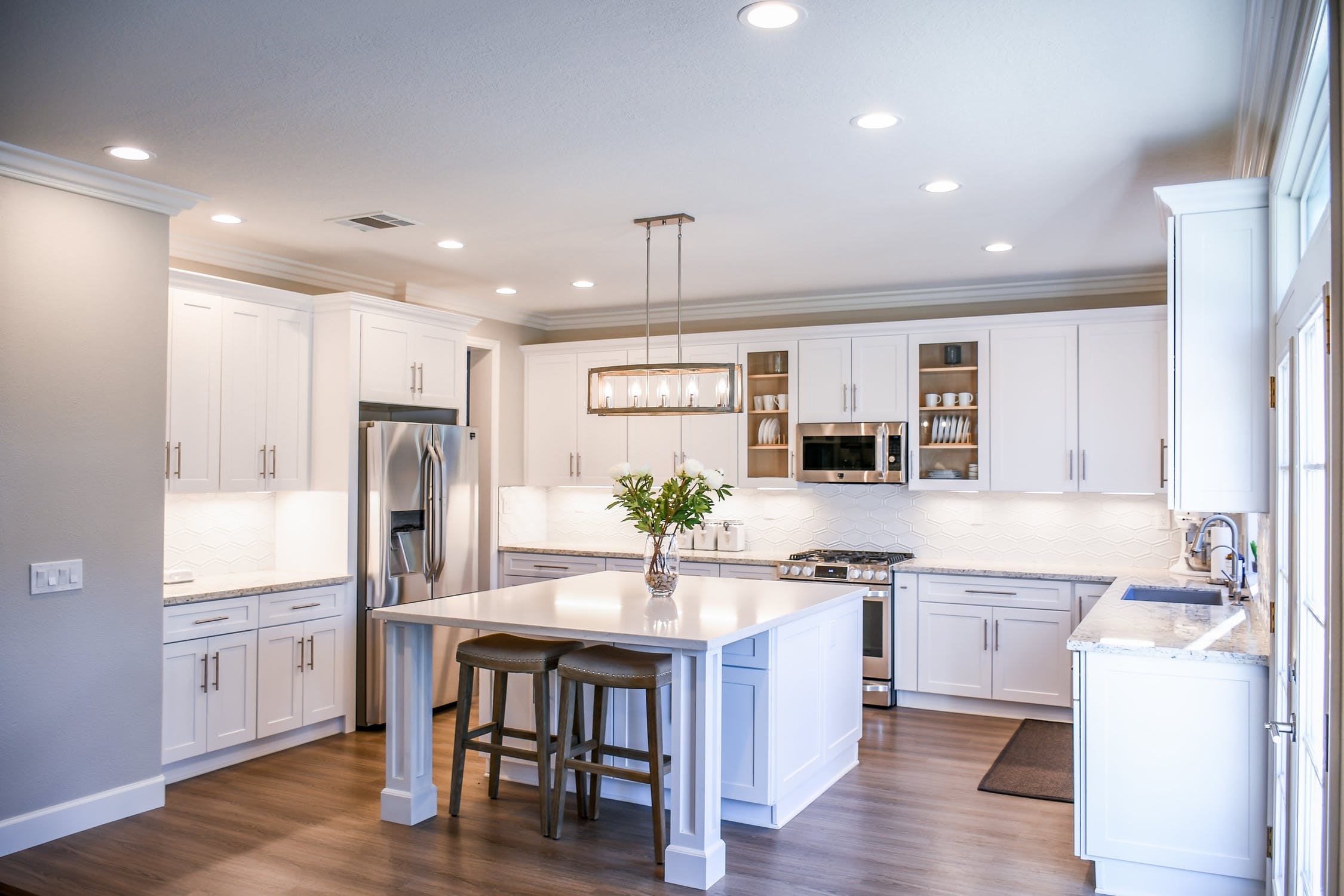 One of the most common mistakes in kitchen design is poor lighting.
Insufficient lighting can make your kitchen appear dull and uninviting, while harsh lighting can create an uncomfortable and unwelcoming atmosphere.
Poor lighting can also make it difficult to perform tasks in the kitchen, such as cooking and cleaning, leading to frustration and potential accidents.
It can also make your kitchen look smaller and cluttered, as shadows and dark corners can make the space feel cramped.
One of the most common mistakes in kitchen design is poor lighting.
Insufficient lighting can make your kitchen appear dull and uninviting, while harsh lighting can create an uncomfortable and unwelcoming atmosphere.
Poor lighting can also make it difficult to perform tasks in the kitchen, such as cooking and cleaning, leading to frustration and potential accidents.
It can also make your kitchen look smaller and cluttered, as shadows and dark corners can make the space feel cramped.
The Importance of Task Lighting
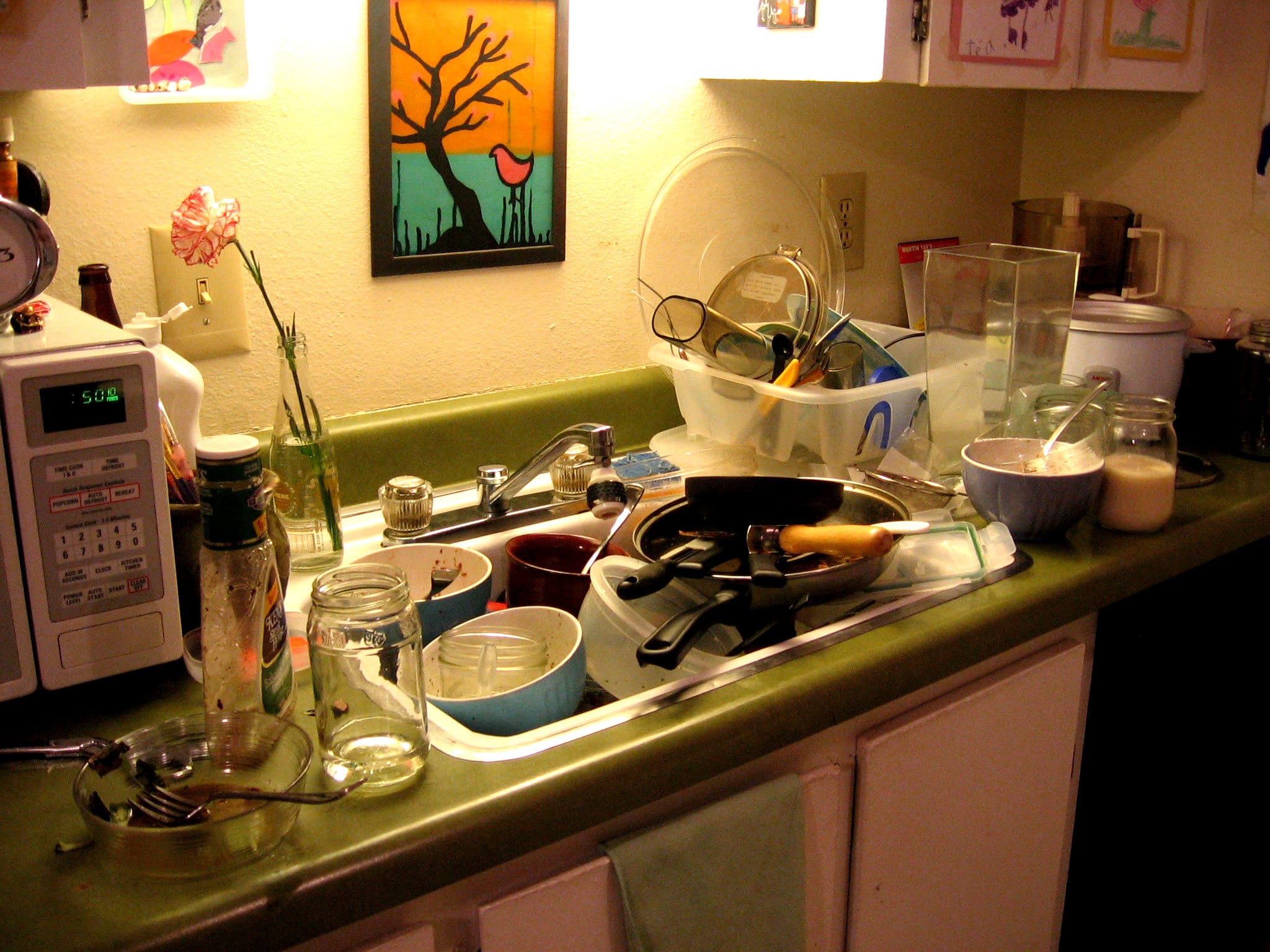 One aspect of lighting that is often overlooked in kitchen design is task lighting.
This type of lighting is essential for performing specific tasks, such as chopping vegetables or reading recipes, as it provides focused and direct light to the area where it is needed.
Without task lighting, you may find yourself struggling to see what you are doing, making cooking and other tasks more challenging and time-consuming.
One aspect of lighting that is often overlooked in kitchen design is task lighting.
This type of lighting is essential for performing specific tasks, such as chopping vegetables or reading recipes, as it provides focused and direct light to the area where it is needed.
Without task lighting, you may find yourself struggling to see what you are doing, making cooking and other tasks more challenging and time-consuming.
How to Incorporate Proper Lighting in Your Kitchen Design
 To avoid the consequences of poor lighting in kitchen design, it is crucial to incorporate the right lighting elements in your kitchen.
Start by considering the natural light sources in your kitchen, such as windows and skylights, and how you can maximize their impact.
Additionally,
incorporate layers of lighting, including ambient, task, and accent lighting, to create a well-balanced and functional space.
Lastly,
choose lighting fixtures that not only serve their purpose but also add to the overall aesthetic of your kitchen.
In conclusion, proper lighting is crucial in kitchen design, and neglecting it can lead to various mistakes that can affect the functionality and aesthetics of your space.
By considering the role of lighting, the consequences of poor lighting, and how to incorporate proper lighting in your design, you can avoid these mistakes and create a well-lit and inviting kitchen.
So, the next time you plan a kitchen renovation, don't forget to give proper lighting the attention it deserves.
To avoid the consequences of poor lighting in kitchen design, it is crucial to incorporate the right lighting elements in your kitchen.
Start by considering the natural light sources in your kitchen, such as windows and skylights, and how you can maximize their impact.
Additionally,
incorporate layers of lighting, including ambient, task, and accent lighting, to create a well-balanced and functional space.
Lastly,
choose lighting fixtures that not only serve their purpose but also add to the overall aesthetic of your kitchen.
In conclusion, proper lighting is crucial in kitchen design, and neglecting it can lead to various mistakes that can affect the functionality and aesthetics of your space.
By considering the role of lighting, the consequences of poor lighting, and how to incorporate proper lighting in your design, you can avoid these mistakes and create a well-lit and inviting kitchen.
So, the next time you plan a kitchen renovation, don't forget to give proper lighting the attention it deserves.





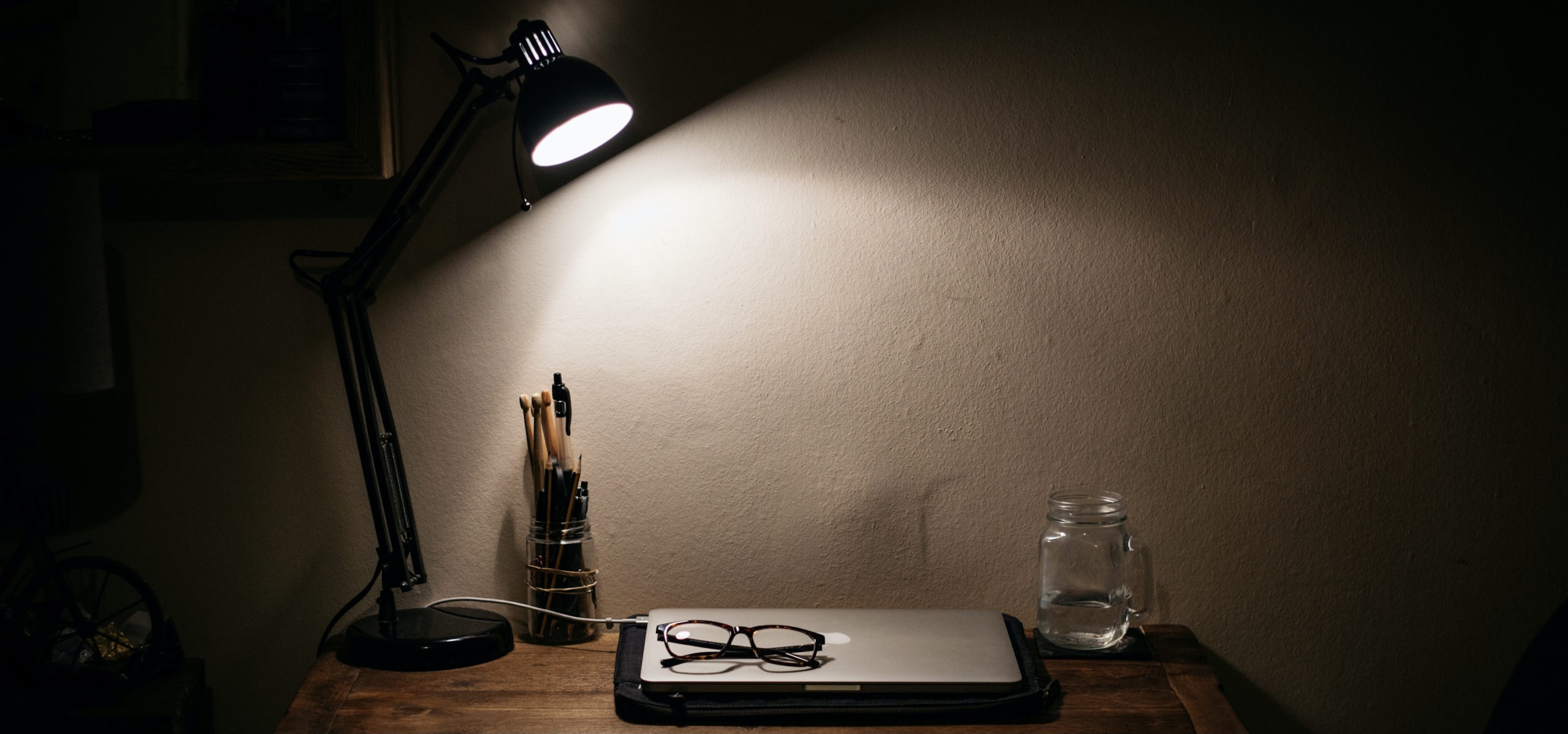





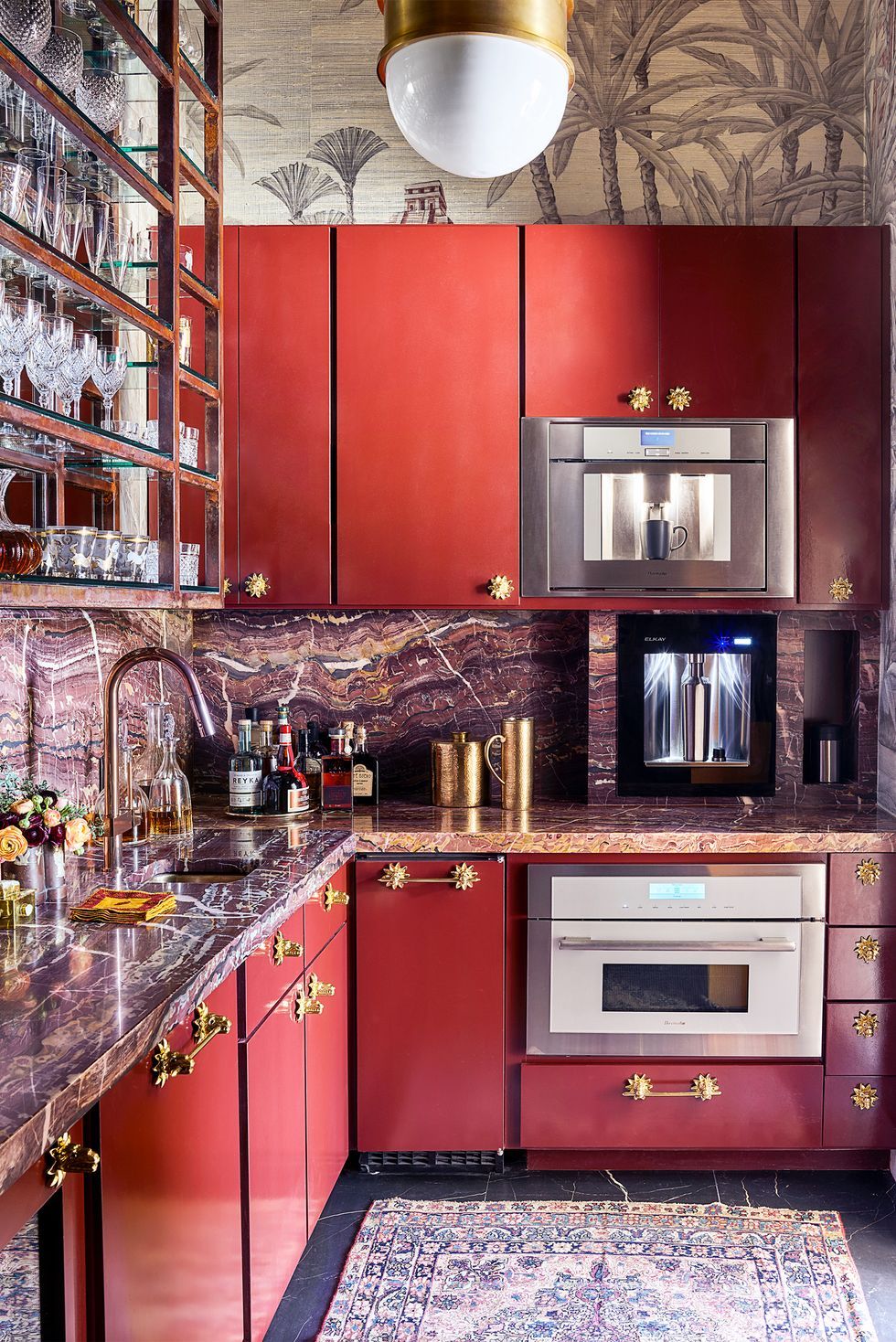





























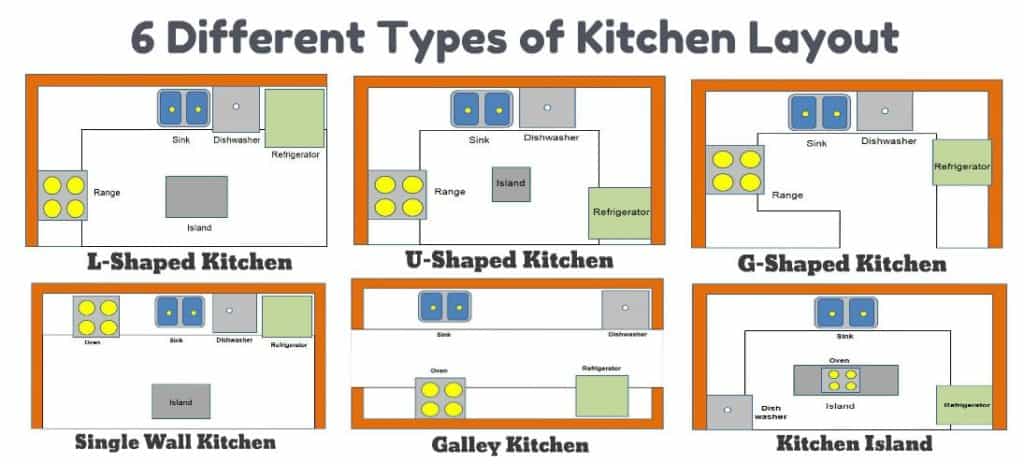

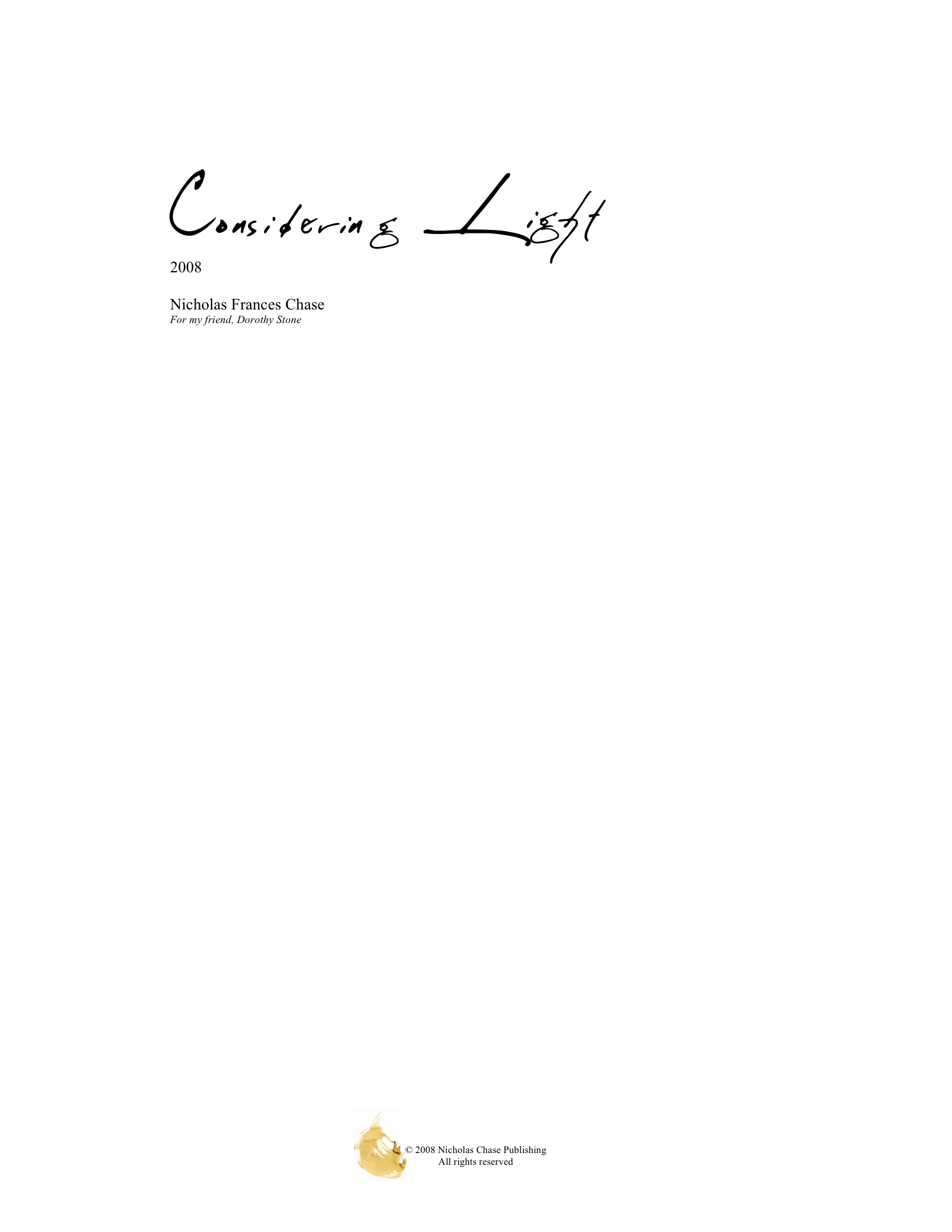



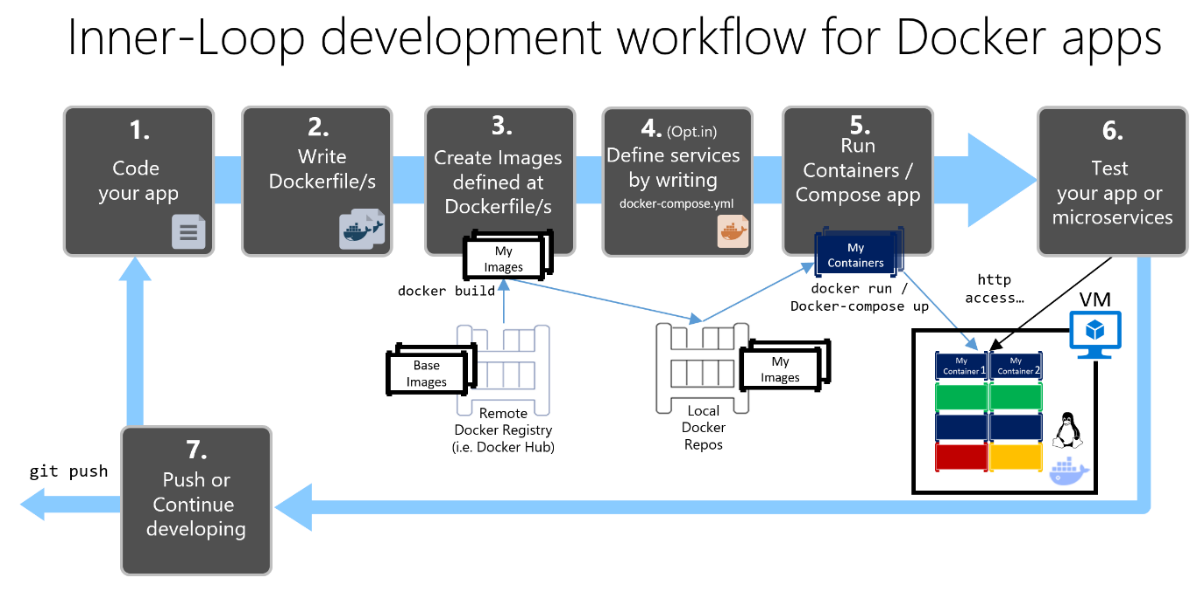



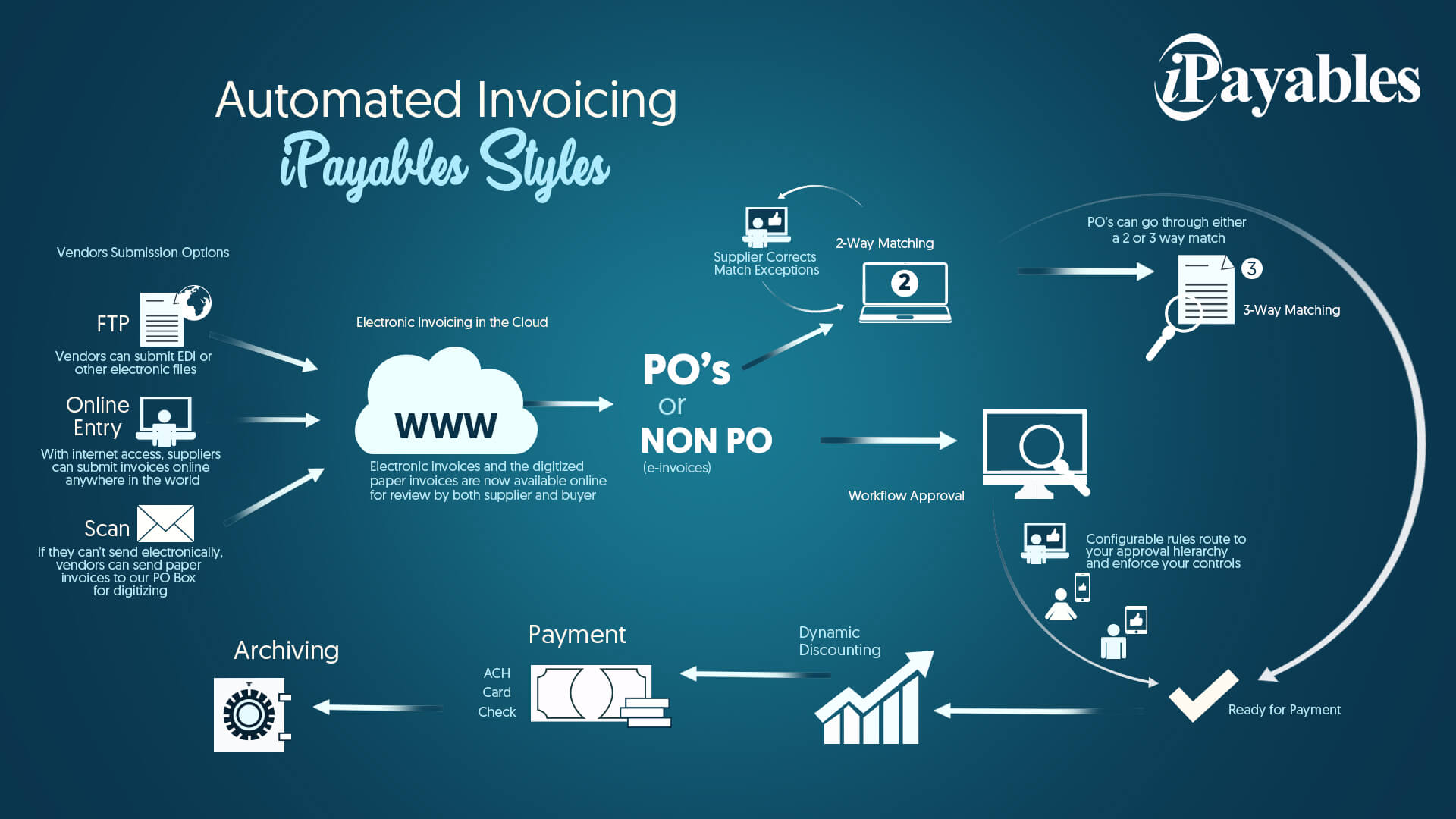

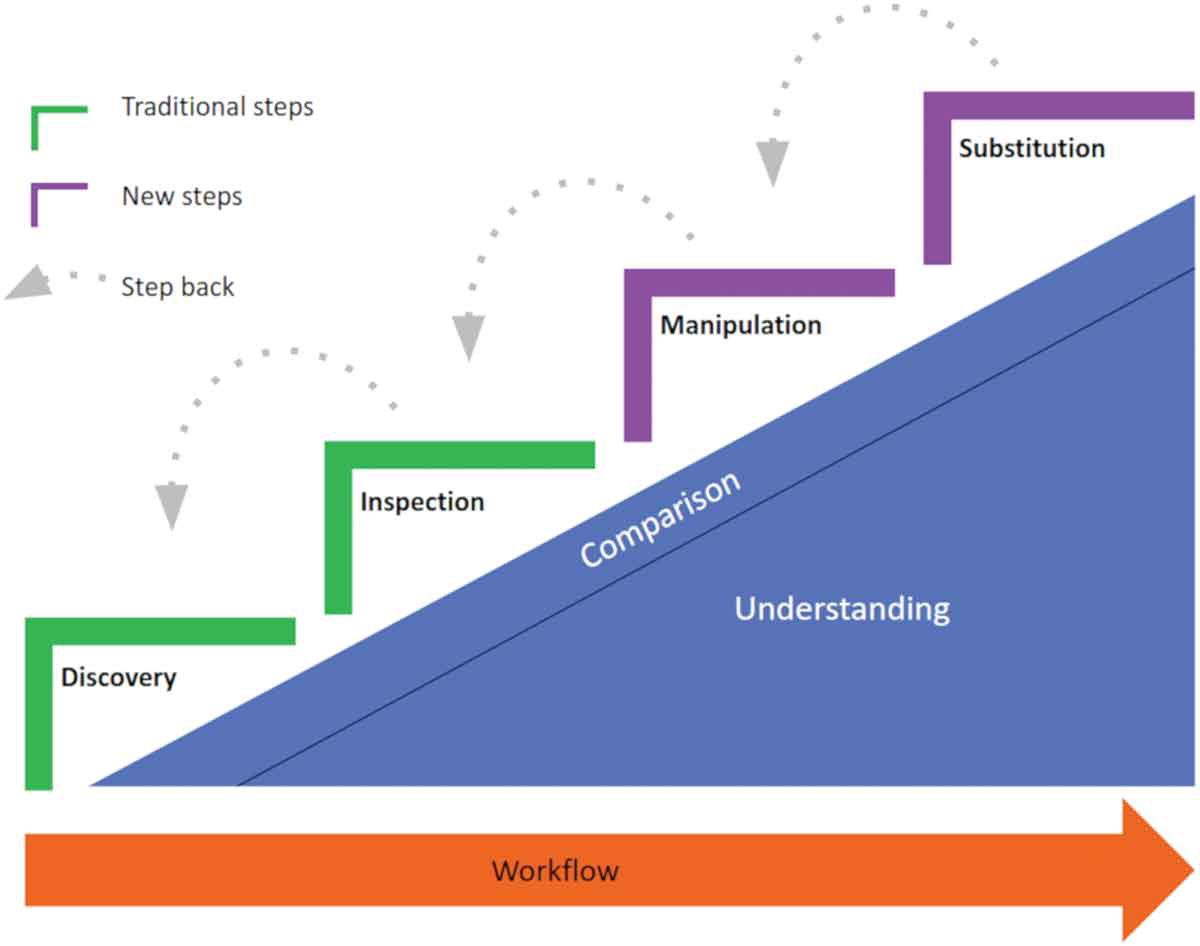















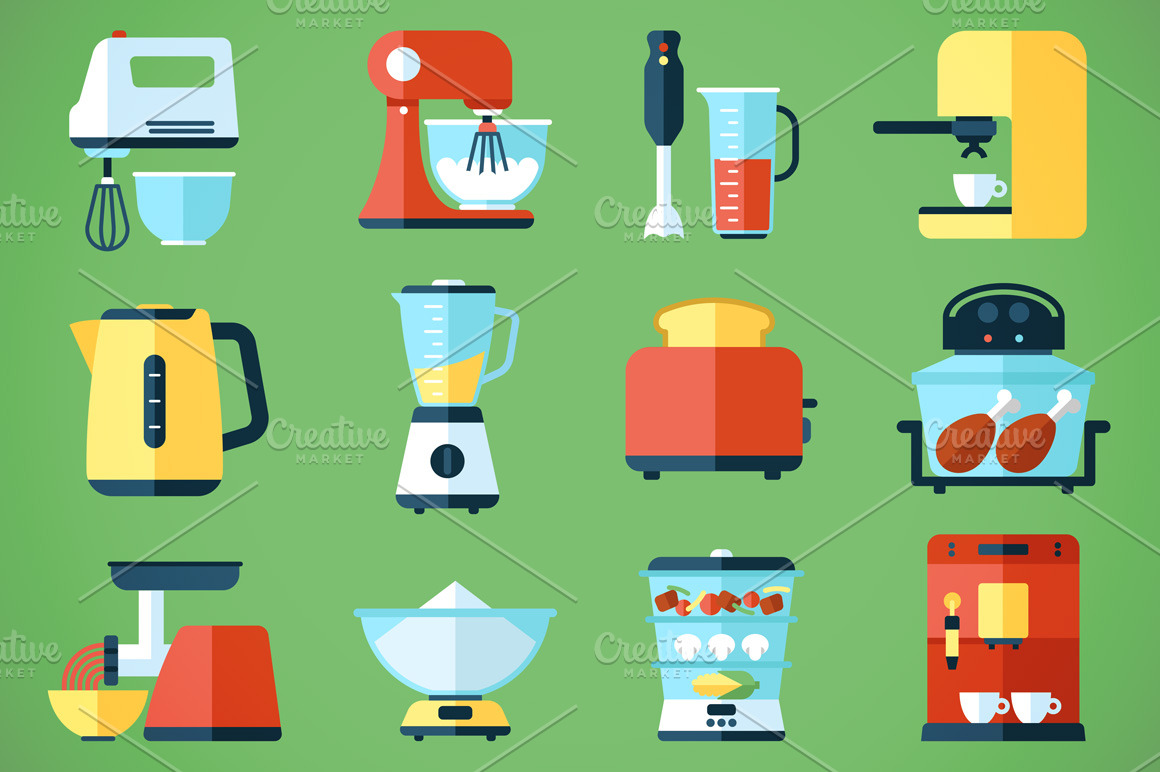


/appliancesalexeydudoladovGettyImages-171589331-57b37c3c5f9b58b5c2cb819c.jpg)

